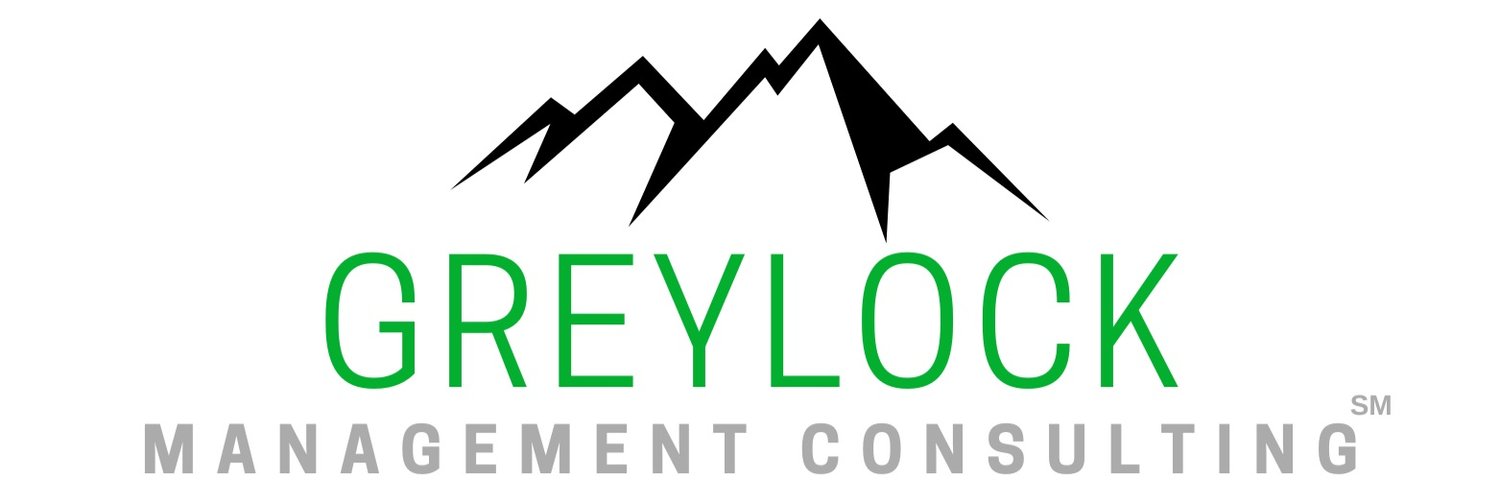Steps to Identify, Assess, and Mitigate Risks and Create a Contingency Plan for Your Business
As a business owner, it's essential to be aware of the risks that could potentially harm your business and develop a plan to mitigate them. Here are the steps you can take to identify and assess potential risks, develop risk mitigation strategies, and create a contingency plan for your business:
Identify potential risks: Start by identifying the potential risks that your business could face. These risks could include economic downturns, natural disasters, cybersecurity threats, competition, and legal and regulatory issues.
Assess the likelihood and impact of each risk: Once you've identified potential risks, assess the probability of each risk occurring and its impact on your business if it did happen. This step will help you prioritize which threats to focus on and develop mitigation strategies.
Develop risk mitigation strategies: Develop strategies to mitigate each risk based on your assessment. For example, if the risk is a natural disaster, you should develop a plan for evacuation or a backup plan for your business operations.
Create a contingency plan: In addition to developing risk mitigation strategies, it's essential to create a contingency plan if a risk occurs. A contingency plan should outline the steps you will take to minimize the impact of the risk on your business and how you will continue to operate. This step may include backup plans for data, communication, resources, and strategies for managing staff and customers.
Regularly review and update your plan: Risks can change over time, so it's important to periodically review and update your risk management and contingency plans to ensure they are still relevant and practical.
Overall, identifying and mitigating risks is an ongoing process that requires continuous attention and adaptation. By taking these steps, you can help protect your business from potential risks and ensure it can continue to operate even in challenging circumstances.
Disclaimer: The information in this article is for general informational purposes only and should not be taken as professional advice. Readers should consult with their own advisors before taking any action based on the information provided. The author and publisher assume no liability for any damages or losses resulting from the use of this information.
